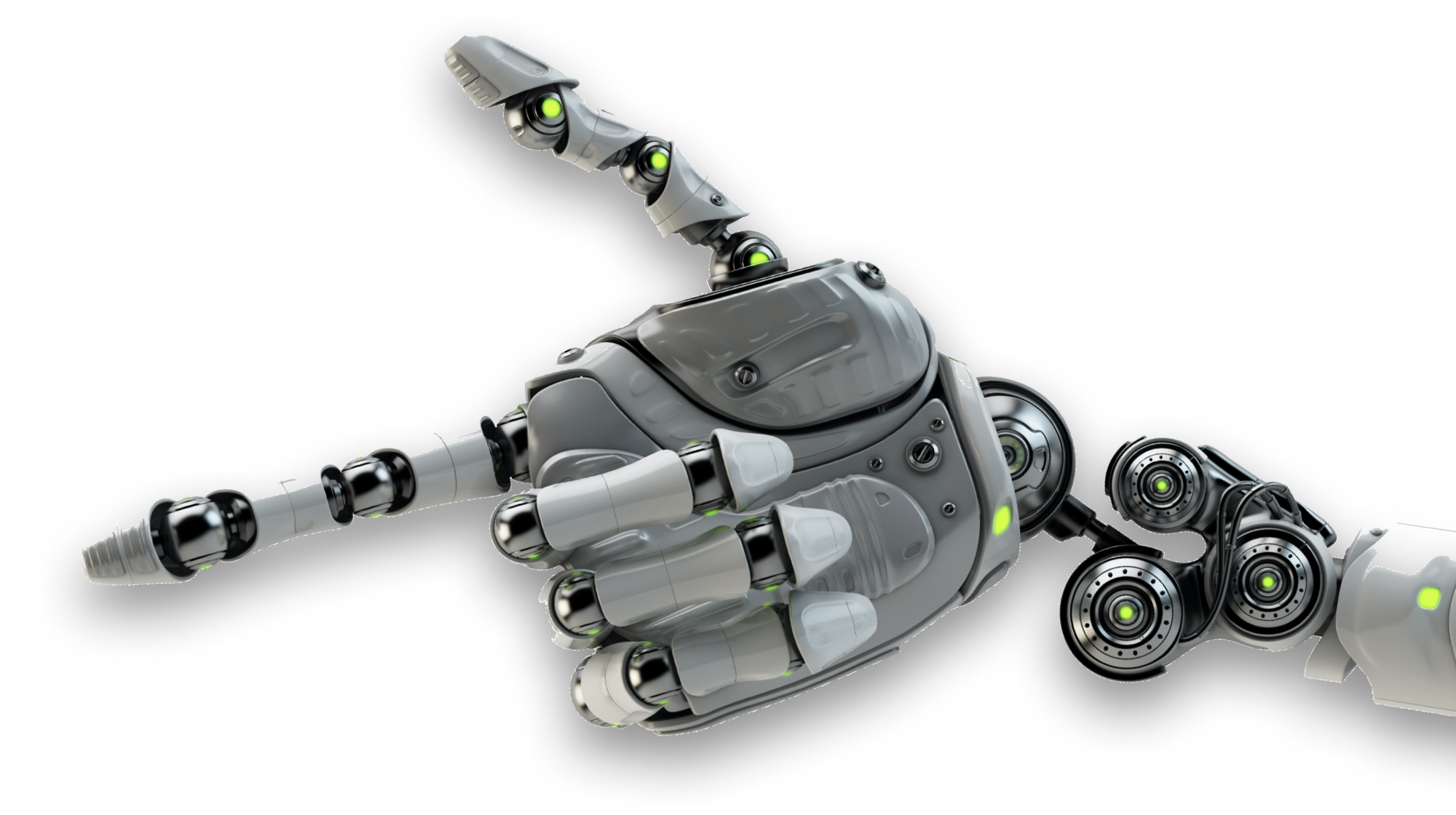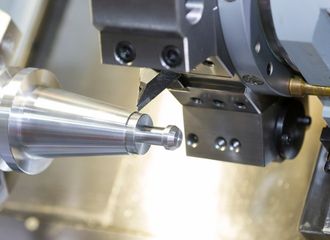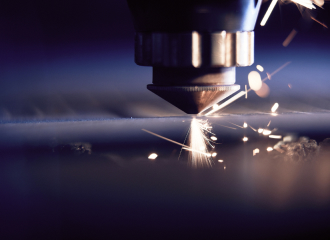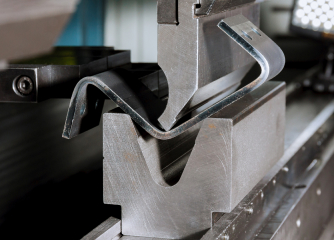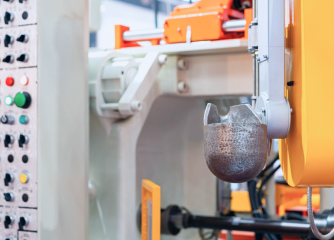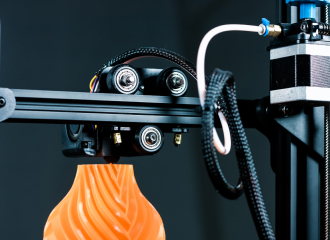Precisely fitting metal processing
Overview of the main production groups according to DIN 8580
Everyone knows the terms metalworking and sheet metal working. But what exactly do they mean and what do they cover? We have the answer for you.
1.500+
Satisfied customers
5.500+
Available machines
0,11%
Complaint rate
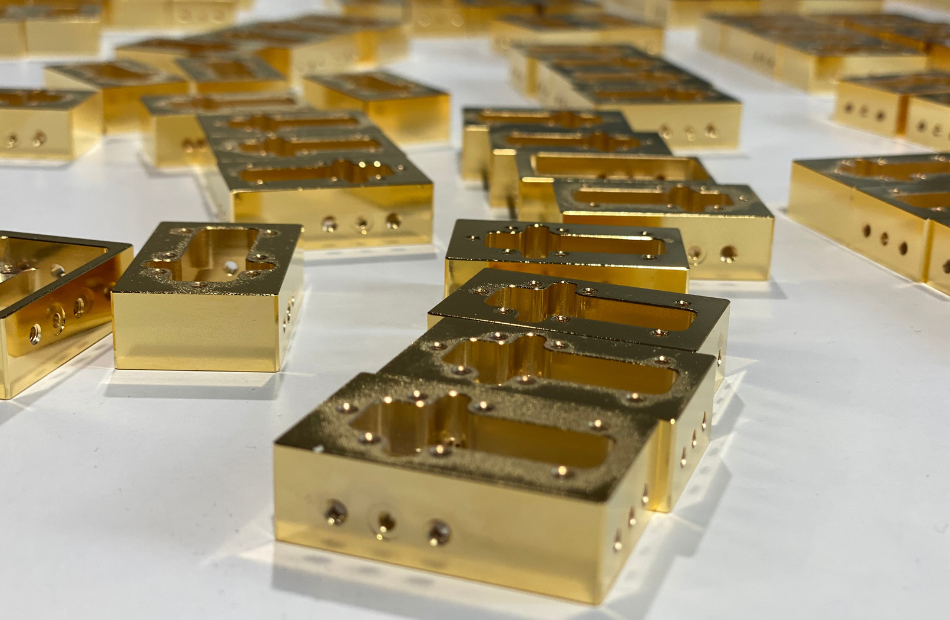






Industry 4.0
Overview of the main production groups
Would you like to have components manufactured and are looking for an overview of the possible manufacturing processes? Then you’ve come to the right place.
We have compiled a brief overview of the main production groups according to DIN 8580. We also explain what exactly is behind the standard.

At a glance
What are manufacturing processes?
Would you like to have components manufactured and are looking for an overview of the possible manufacturing processes? Then you’ve come to the right place.
We have compiled a brief overview of the main production groups according to DIN 8580. We also explain what exactly is behind the standard.
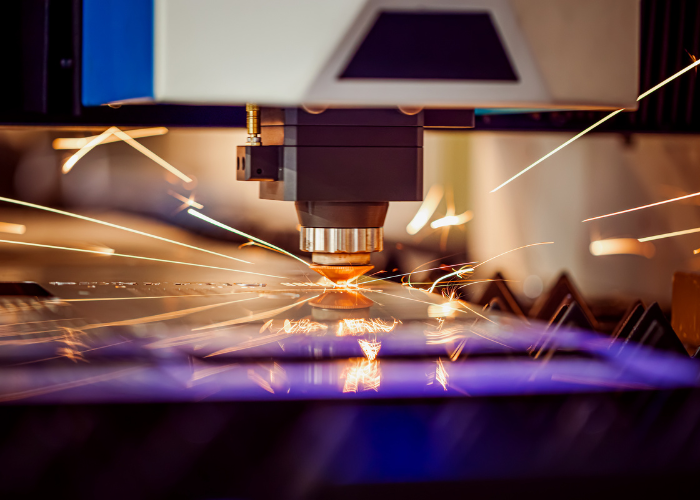
Get a quote for your parts
We will send you a suitable offer within 48 hours
What are the main production groups according to DIN 8580?
There is a whole range of production forms and the variety is constantly growing due to technological progress.
The DIN 8580 standard is used to maintain an overview of the production forms. It is primarily used within the metalworking industry. There are six main production groups within DIN 8580:
- Prototypes
- Reshaping
- Disconnect
- Fügen
- Coating
- Change fabric properties
These are assigned to common process principles and divided into the main production groups according to whether the material composition of the workpiece is created, maintained, reduced or increased. A detailed classification is then further divided into groups, subgroups, processes and process variants.
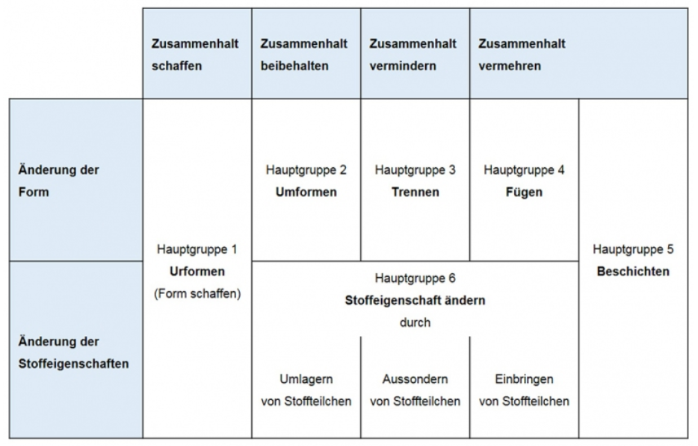
FAQ on the topic of turning
Overview of manufacturing processes according to DIN 8580
Here you will find an overview of the six main groups according to the DIN 8580 standard. Let’s take a closer look at the processes.
Prototypes
Primary molding is when the starting material is initially only available in liquid or powder form. It is then processed accordingly, for example by casting. The material is given a solid form, such as a sheet, and can then be further processed. The most important primary forming methods include
- Casting
- Sintering
- Pastes
Reshaping
During forming, solid material is brought into the desired shape. The special feature of this method is that no material is removed or added during processing. Most forming takes place in metal processing. Typical forming processes are
- Forging
- Rollers
- Bending
- Deep drawing
Disconnect
Separation processes are used to remove the material cohesion at the machining point. All machining processes are particularly noteworthy at this point. They are suitable for almost all materials. Some classic cutting processes are
- Milling (cutting)
- Drilling (cutting)
- Laser cutting (ablative)
Fügen
Joining also plays an important role within the main production groups. The process creates a permanent connection between several workpieces. There is a large selection of joining techniques. These include the following:
- Welding
- Soldering
- Screws
- Gluing
Coating
Surface treatment in the form of coating a workpiece serves to protect, refine and enhance the functionality of a workpiece. Even if this already fulfills high requirements, a coating is almost always useful depending on the intended use. There are many different types of surface finishes, including the following:
- Brushing
abrasive/forming - Grinding
ablating/forming - Engraving
ablating/forming - Anodizing
electrochemical with electroplating - Chromating
electrochemical with electroplating - Galvanizing
electrochemical with electroplating technology - Burnishing
without electroplating - Enameling
without electroplating - Lacquering
without electroplating - Pickling
chemical - Nitriding
chemical - Hot-dip galvanizing
thermal - Hardening
thermal
CNC24 has the largest selection of surface treatments on the market. Many years of expertise and attractive prices round off the component finishing service.
Change fabric properties
This manufacturing process is primarily used for metallic materials. As the name suggests, it permanently changes the basic material properties such as hardness, ductility or elasticity. The aim is either to simplify further processing or to achieve optimization within the intended use. The most important manufacturing techniques in this category include the following:
- Hardening
- Annealing
- Nitriding
Reliable quality
New trends in manufacturing processes
As technology develops, new, innovative processes are constantly finding their way into the processing industry. Let’s take a brief look at the present and the future:
Lightweight construction is an extremely popular machining process. It has long been used for plastics and is also suitable for light metals. Relatively recently, however, the steel industry is now also making use of it: forged parts with a lower weight and size can be processed better, and the manufacturing process is also relatively inexpensive. If your workpieces are larger in size, the hot forming of sheet steel may be worth considering. However, there is also a noticeable trend towards steel alloys being preferred over lightweight construction due to their strength.
In addition, regenerative manufacturing is playing an increasingly important role. 3D printing technology can already produce final components of outstanding quality that can be replicated in the same way. 3D printing is currently particularly recommended for prototype construction and small series. The production costs are usually still too high for series production due to the high purchase prices, and various solutions are already being considered. Digital manufacturing processes are also playing an increasingly important role across the board, as they are fast, flexible and achieve top quality at reasonable prices.
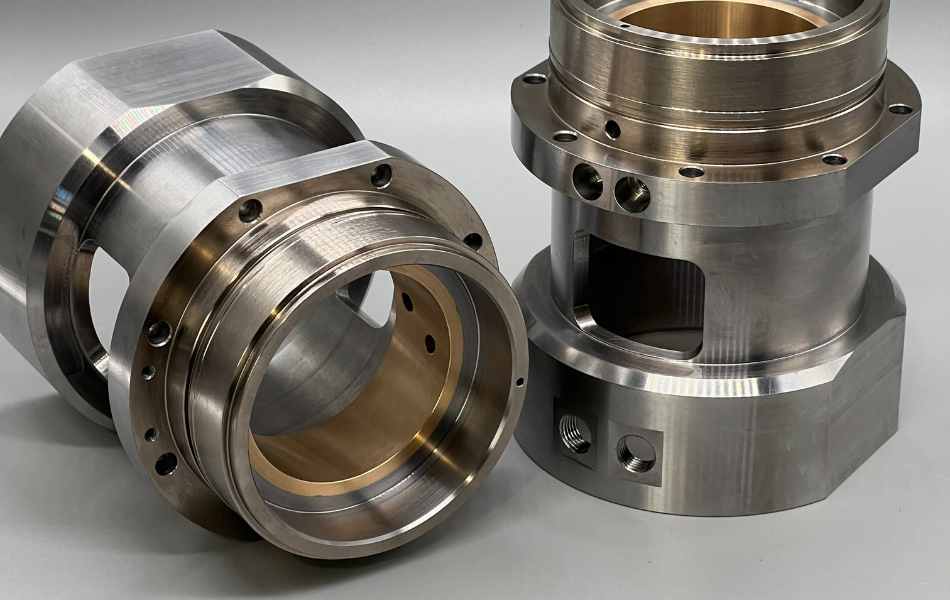
Get a quote for your parts
We will send you a suitable offer within 48 hours
Conclusion
Which manufacturing processes does CNC24 offer?
As a professional digital fabricator 4.0, we at CNC24 specialize in all modern CNC production processes. We are experts in machining technology, sheet metal processing and additive manufacturing. Below is a brief overview of the ordering options in our online store:
- Turning
- Milling
- Sheet metal processing
- Surface treatment
- Bending
- Punching
- Water jet cutting
- Laser cutting
- Eroding
- Injection molding
- Die casting
- 3D technology
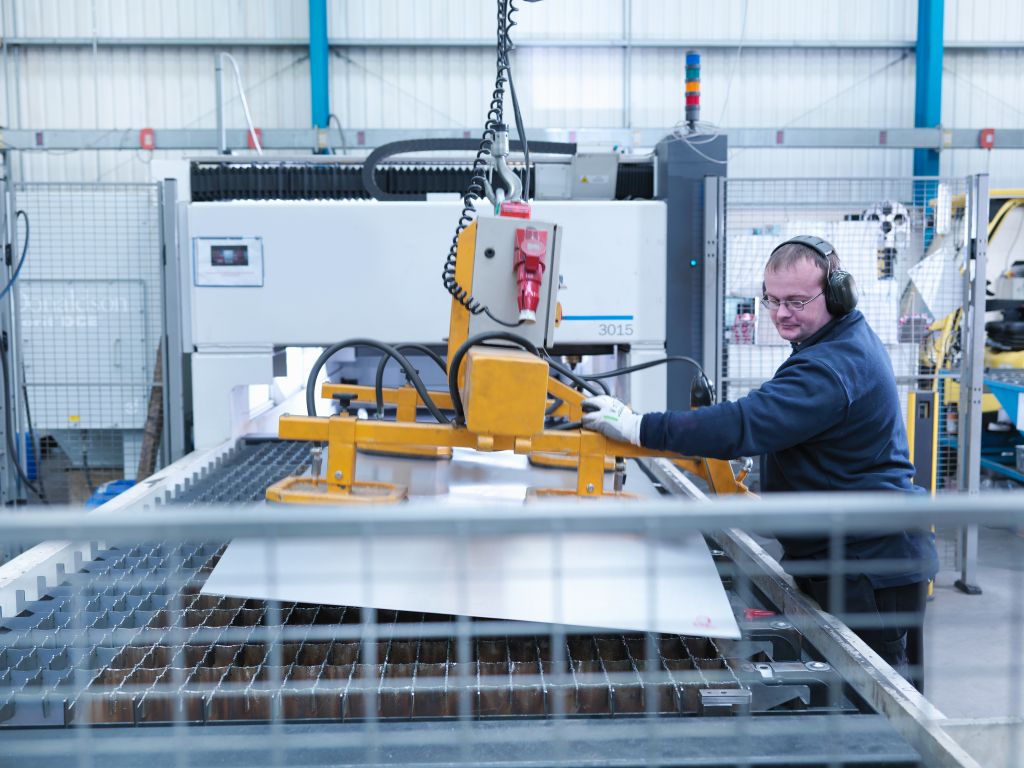
Your partner for all components
CNC24 stands for…
- Simple procurement processes
- On-time delivery and fast delivery
- Quality control in our own measuring center in Berlin (ISO9001)
- Global network with over 500 audited suppliers
- Highest quality and competitive prices for all manufacturing processes
- All plastics and metals available in over 600 materials

Your partner for all components
Other manufacturing processes
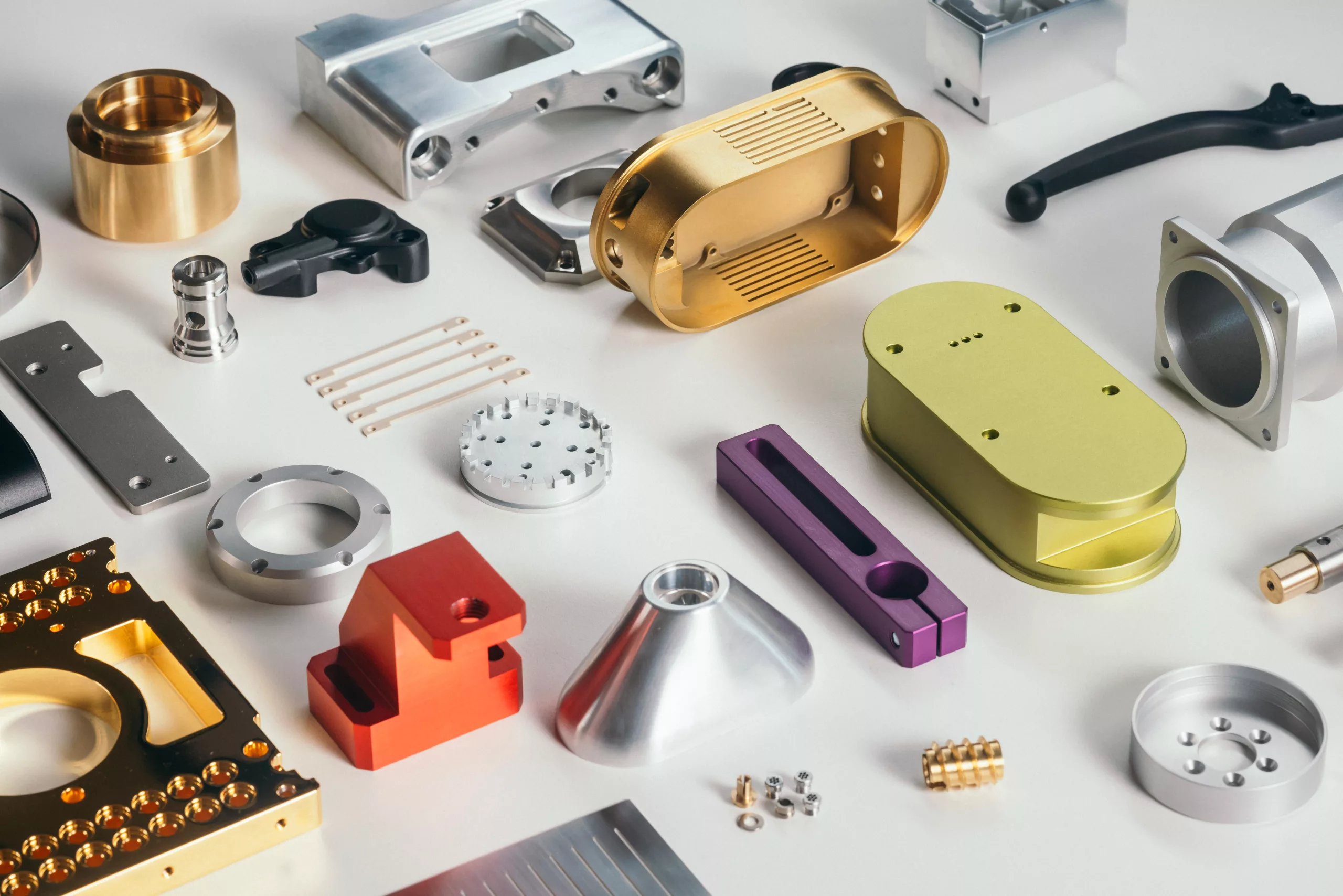
What we produce
Our sample components
CNC24
The easiest way to order components
